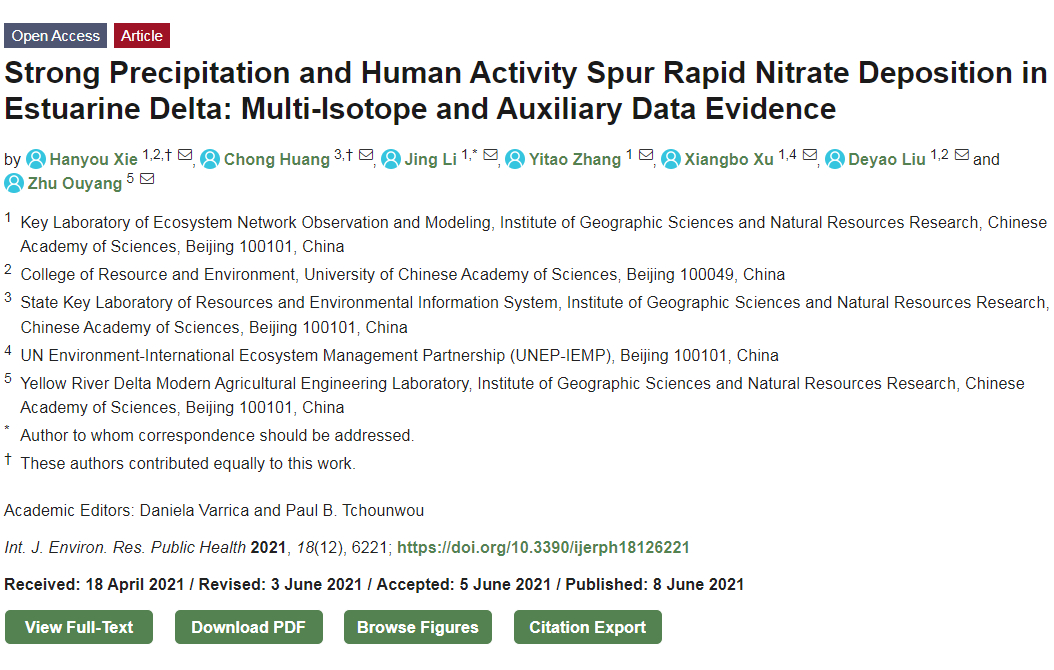The intensive development of the Yellow River Delta has caused huge transportation of non-point pollutants into the Bohai Sea through source river estuaries and thus poses a considerable threat to eco-environmental security in the region. Long-term irrigation in the Yellow River basin, with occasional heavy rainfall and the related effects of ensuring hydrological processes and human activities in terms of nitrate N transport via surface water systems, is unclear. Using stable isotope (δ2H-H2O and δ18O-H2O, δ15N-NO3− and δ18O-NO3−) and auxiliary geographic data, the ISO source model was run to quantitatively analyze the supply relationship of river systems and the rapid change in the spatial pattern of nitrate N due to heavy rainfall in the estuarine delta. This analysis made clear the dominant contribution of agricultural activities and urbanization to NO3−-N emission, on which basis refined management measures were proposed to deal with NO3− in surface water from the “source-process”. The results of the study show that: (1) The relationship of surface water replenishment in the Yellow River Delta was affected not only by rainfall, irrigation, and other water conservancy measures but also the proportion of water from Yellow River flow declined from the source to estuary; (2) To a certain extent, rainfall diluted the concentration of nitrate N in the river and increased instantaneous flux of nitrate N into the sea, where nitrate N flux continuously increased from upstream to downstream; (3) The rapid deposition of nitrate in the estuary delta was driven by heavy rainfall and human activities such as excessive use of nitrogen fertilizers, rapid urbanization, and livestock waste discharge, and; (4) Scientific measures were needed to realize the interactive effect of the output of non-point source pollutants and the carrying and absorption capacity of coastal fragile ecosystems of the exogenous inputs.
Corresponding author: Jing Li, jingli@igsnrr.ac.cn





